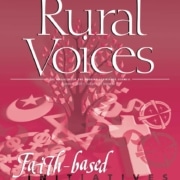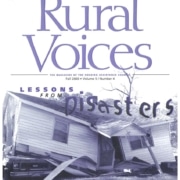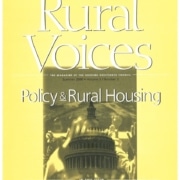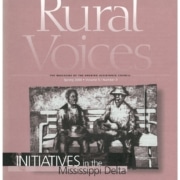The Spring 2000 issue of Rural Voices focuses on the Delta – not so much on its problems, which are well documented, but on what is being done and what can be done to improve its future.
The Mississippi Delta region has made significant contributions to our nation, yet it remains one of the poorest parts of the country. The Spring 2000 issue of Rural Voices focuses on the Delta – not so much on its problems, which are well documented, but on what is being done and what can be done to improve its future.
The issue begins with Representative Bennie Thompson urging us to make a national commitment to improving housing and opportunity, not only in the Delta but in all of rural America, and President Bill Clinton promising federal assistance for the Delta. Most of the magazine contains descriptions of initiatives working to improve housing and to enhance community and economic development in the Delta, written by the people who are actually undertaking the efforts described.
The new Administrator of the Rural Housing Service speaks up in this issue of Rural Voices as well. In a “Q&A” session, James C. Kearney addresses important topics facing his agency in the year 2000. The Administration’s new housing budget for 2001 is mentioned in that interview, and is covered in more detail in our View from Washington department.




